Fire Damage Restoration Services
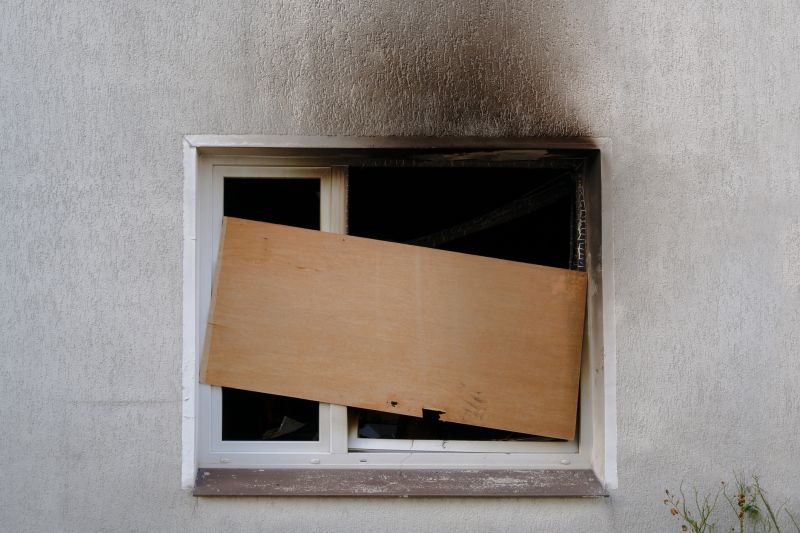
Performing fire restorations after winter months can prevent further damage caused by moisture and cold temperatures.
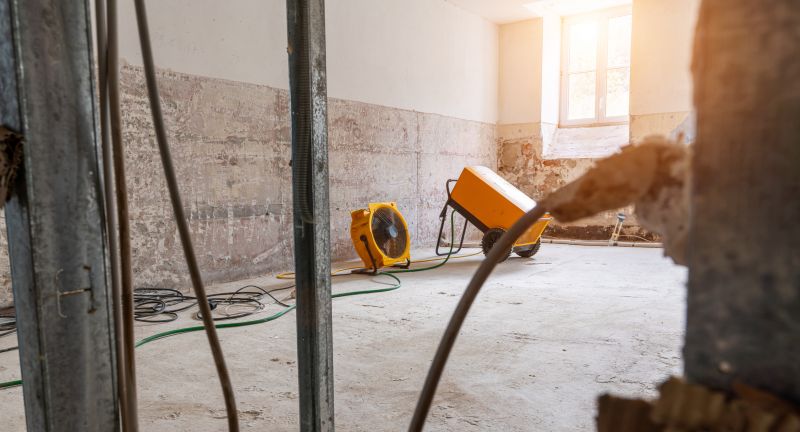
Warmer months offer better conditions for drying and ventilation, making fire restoration more effective.
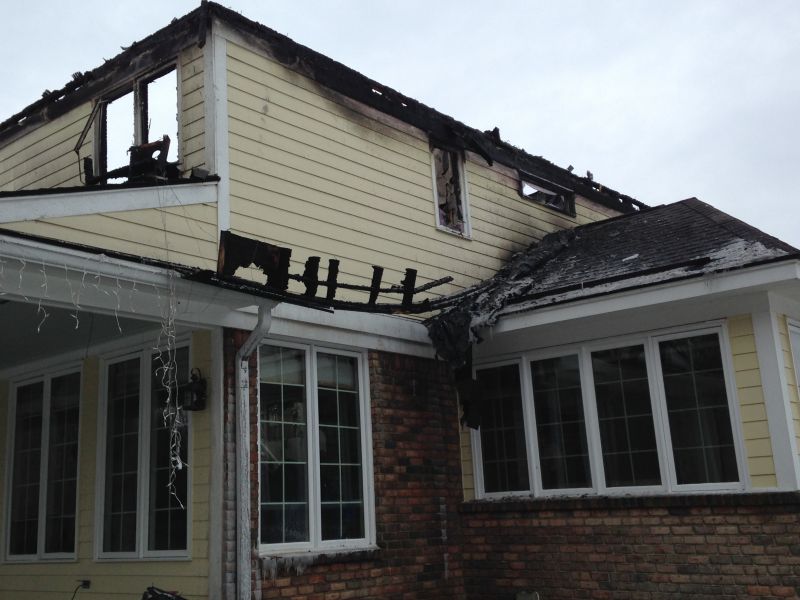
Choosing periods with less demand can ensure quicker scheduling and comprehensive restoration services.
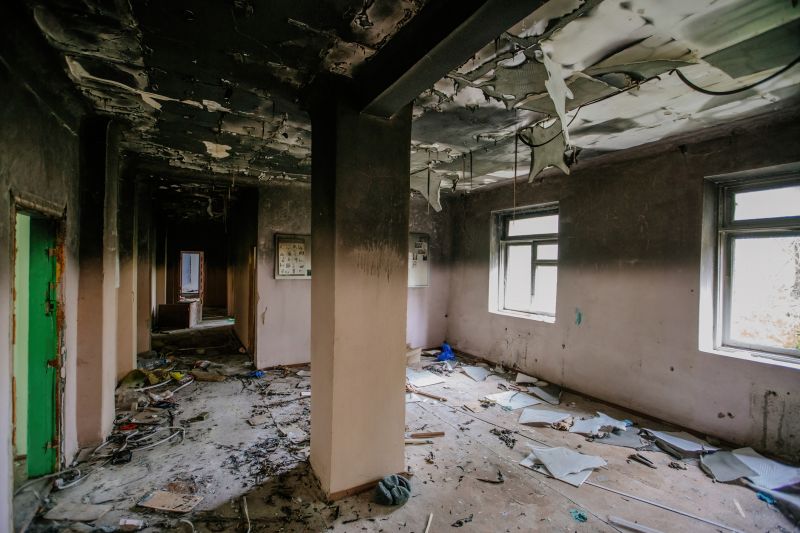
Ways to make Fire Restorations work in tight or awkward layouts.
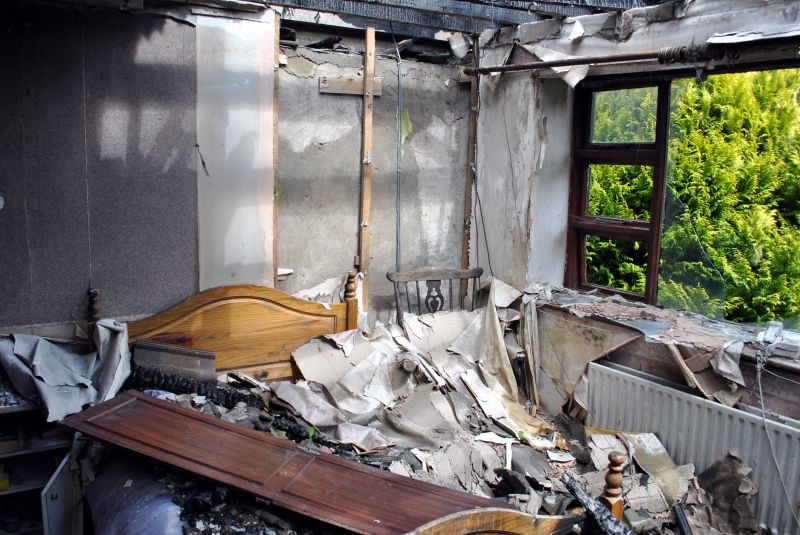
Popular materials for Fire Restorations and why they hold up over time.
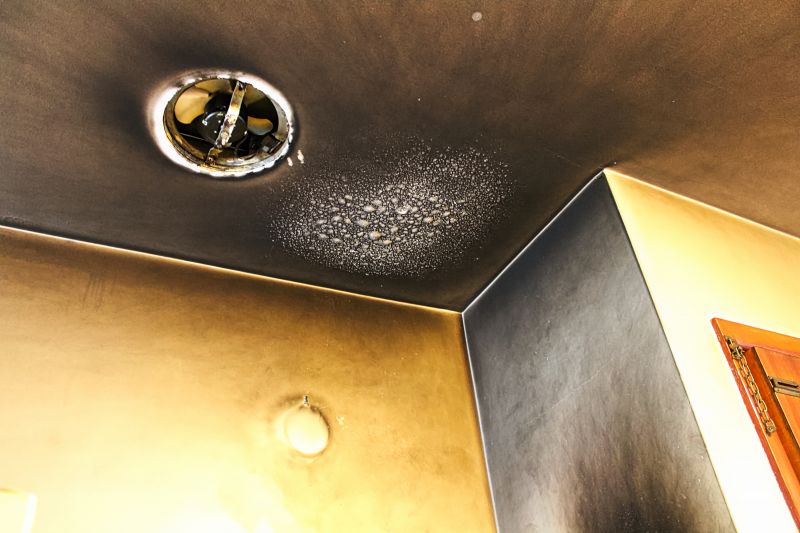
Simple add-ons that improve Fire Restorations without blowing the budget.

High-end options that actually feel worth it for Fire Restorations.

Finishes and colors that play nicely with Fire Restorations.
Fire restorations involve the process of repairing and restoring properties affected by fire damage. This includes cleaning soot, removing smoke odors, repairing structural elements, and restoring the property to its pre-fire condition. Effective restoration requires timely intervention, specialized equipment, and experienced professionals to prevent secondary damages such as mold growth or structural deterioration.
Statistics indicate that prompt fire restoration can significantly reduce costs and mitigate health risks. The National Fire Protection Association reports that early intervention can decrease repair expenses by up to 30%. Additionally, smoke and soot residues can cause long-term health issues if not properly addressed, emphasizing the importance of professional restoration at the earliest opportunity.
Addressing fire damage promptly helps prevent further deterioration and reduces health hazards.
Electrical faults, cooking accidents, and heating system malfunctions are leading causes of residential fires.
Includes debris removal, soot cleaning, structural repairs, and odor elimination.
A thorough assessment identifies affected areas and guides the restoration plan.
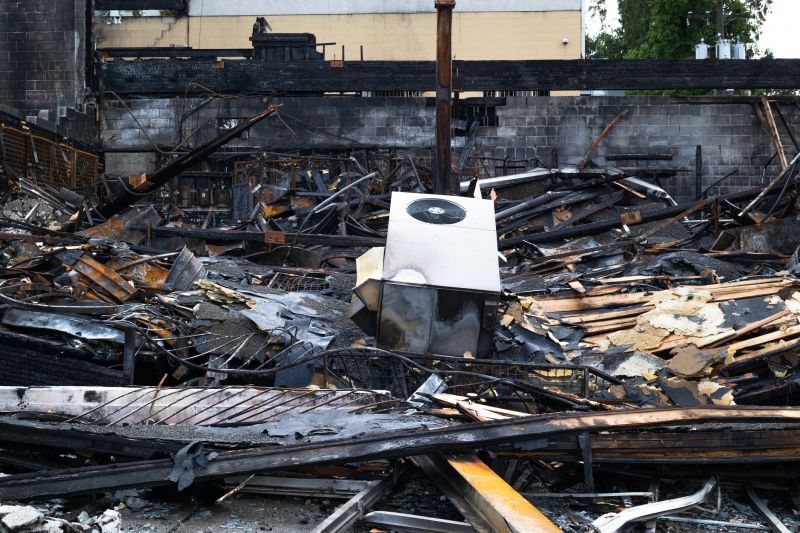
Visual inspection of affected areas to determine extent of damage.
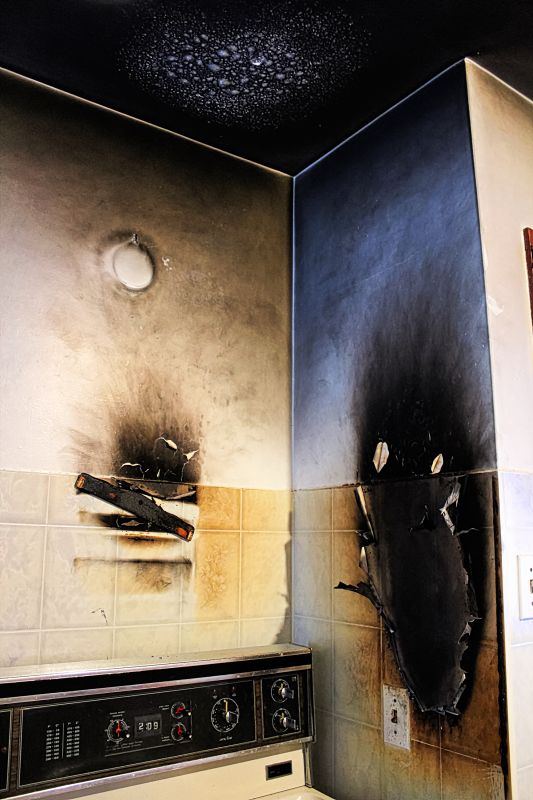
Specialized equipment used to remove residues from surfaces.
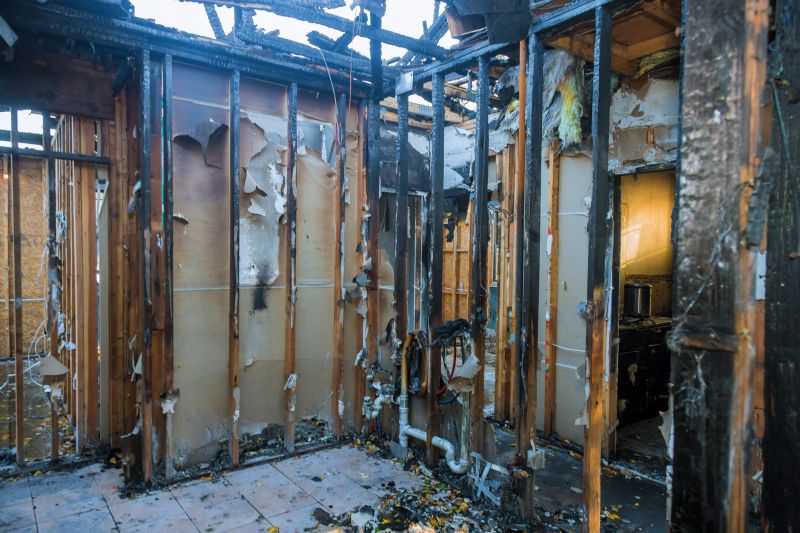
Restoring walls, floors, and ceilings affected by fire.
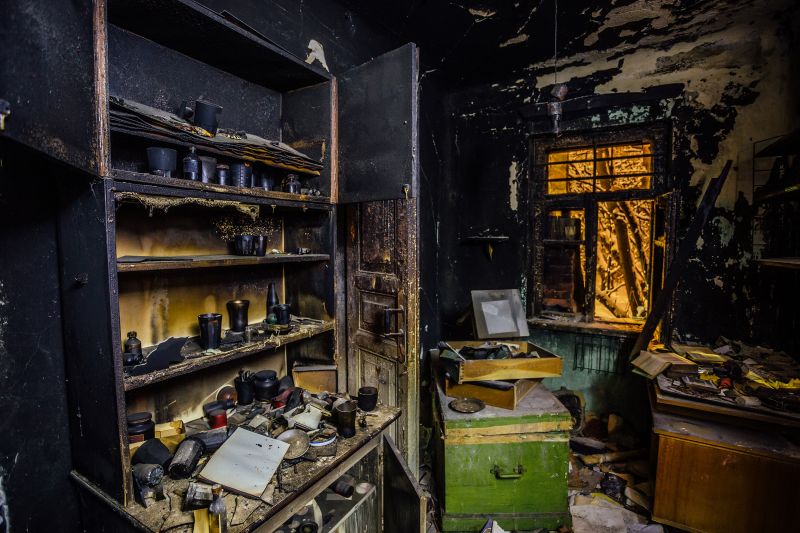
Using advanced methods to eliminate persistent smoke odors.
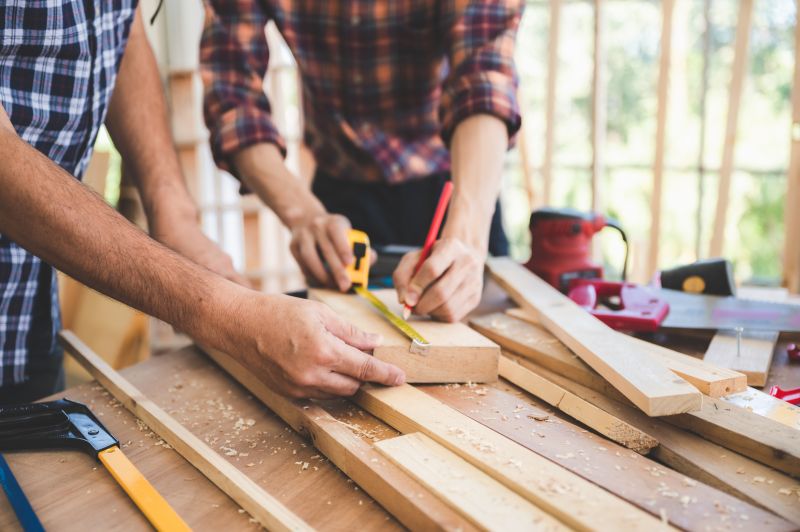
Little measurements that prevent headaches on Fire Restorations day.
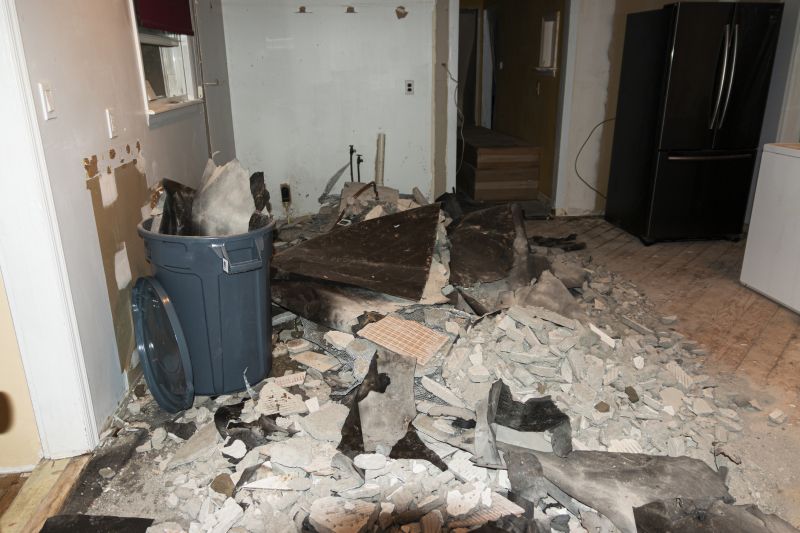
A 60-second routine that keeps Fire Restorations looking new.
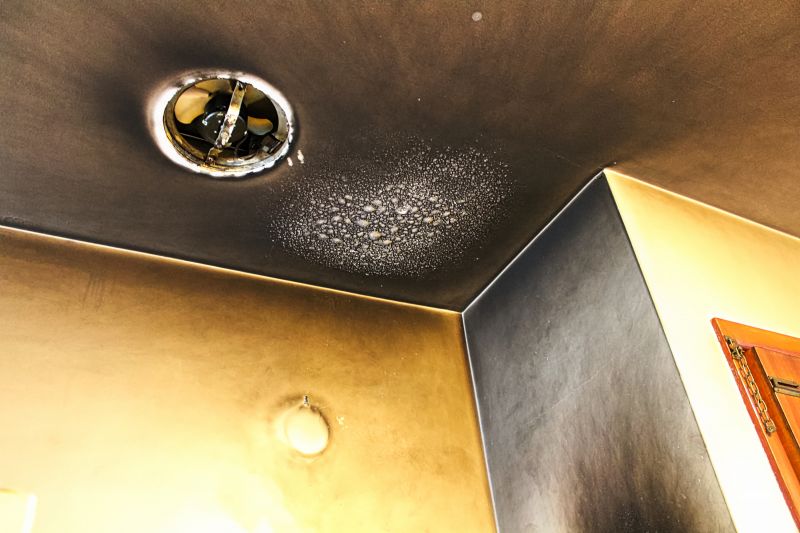
A frequent mistake in Fire Restorations and how to dodge it.
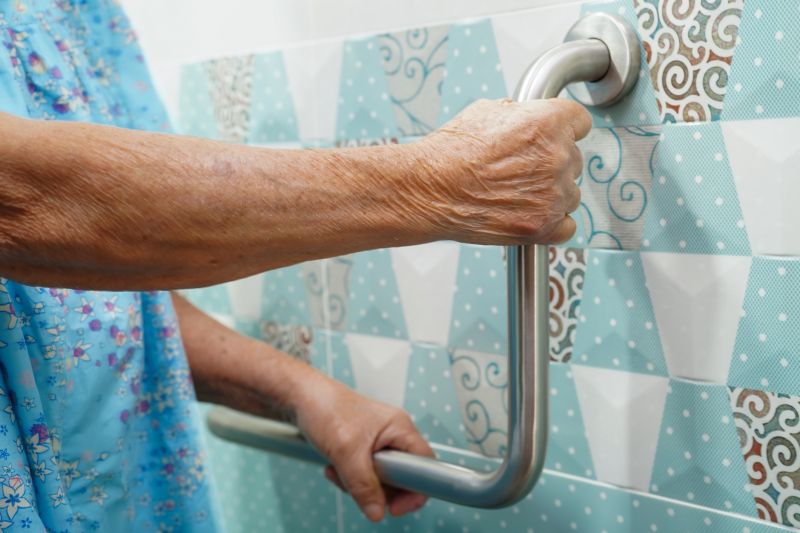
Small tweaks to make Fire Restorations safer and easier to use.
| Season | Advantages |
|---|---|
| Spring | Better ventilation and drying conditions |
| Summer | Faster moisture removal and odor control |
| Fall | Preparation for winter and reduced demand |
| Winter | Possible delays due to weather, but necessary for post-winter damages |
Choosing the optimal time for fire restorations depends on weather conditions, availability of professional services, and the specific needs of the property. Conducting restorations during seasons with favorable environmental conditions can enhance the effectiveness of cleaning and repairs, ultimately leading to better outcomes.

Advanced tools used for soot removal and structural repairs.
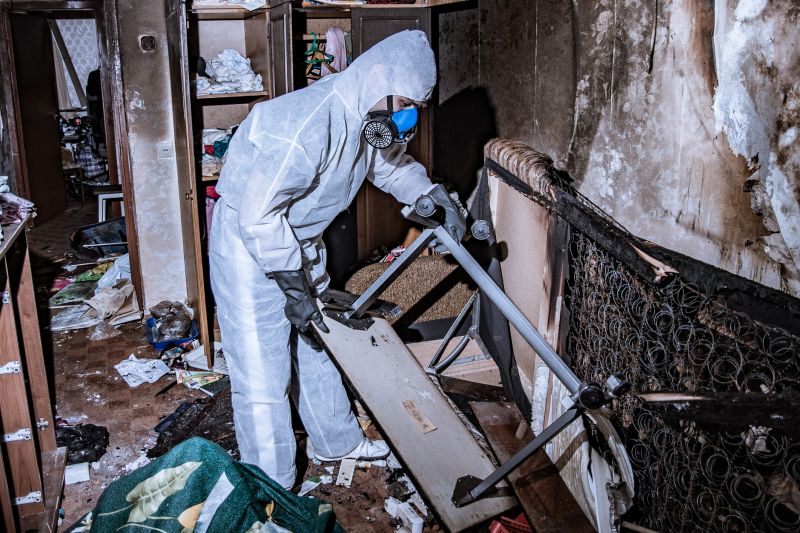
Specialized cleaning agents and techniques for soot and smoke residues.
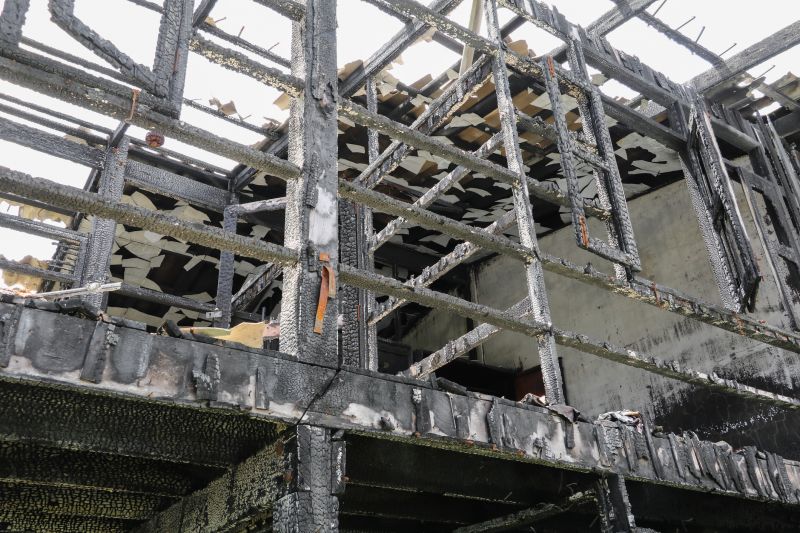
Restoring damaged frameworks for safety and stability.
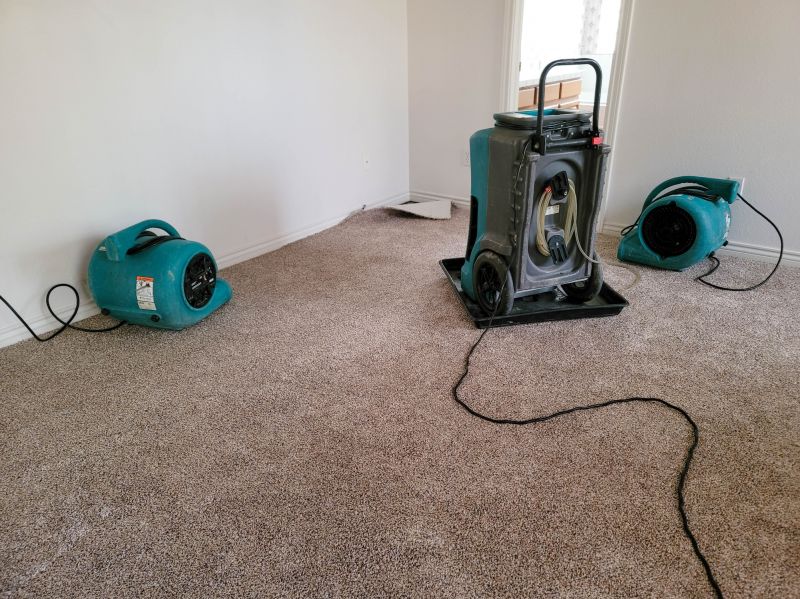
Air scrubbers and ozone machines for effective odor removal.
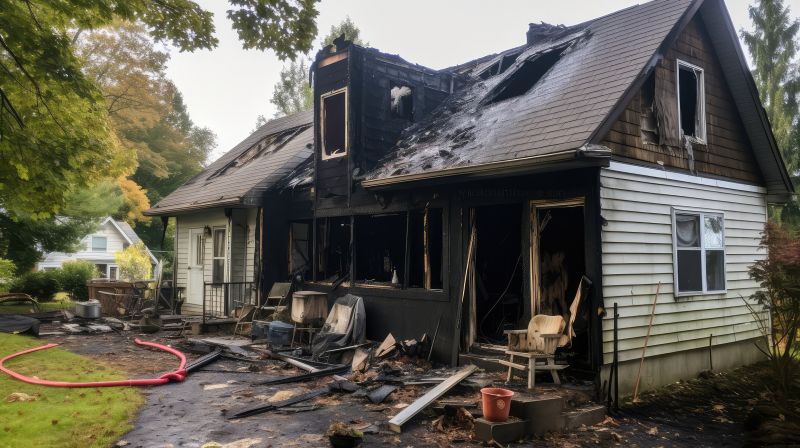
Lower-waste or water-saving choices for Fire Restorations.
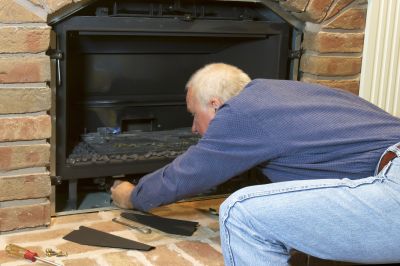
The short, realistic tool list for quality Fire Restorations.
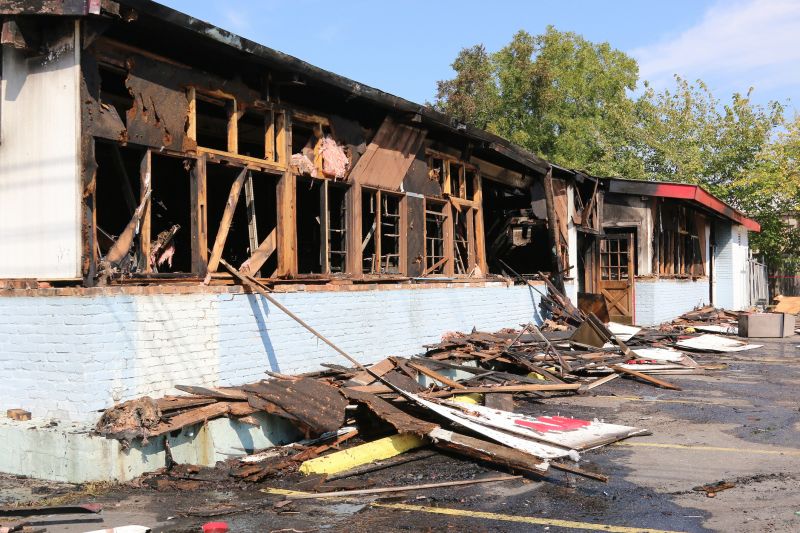
Rough timing from prep to clean-up for Fire Restorations.
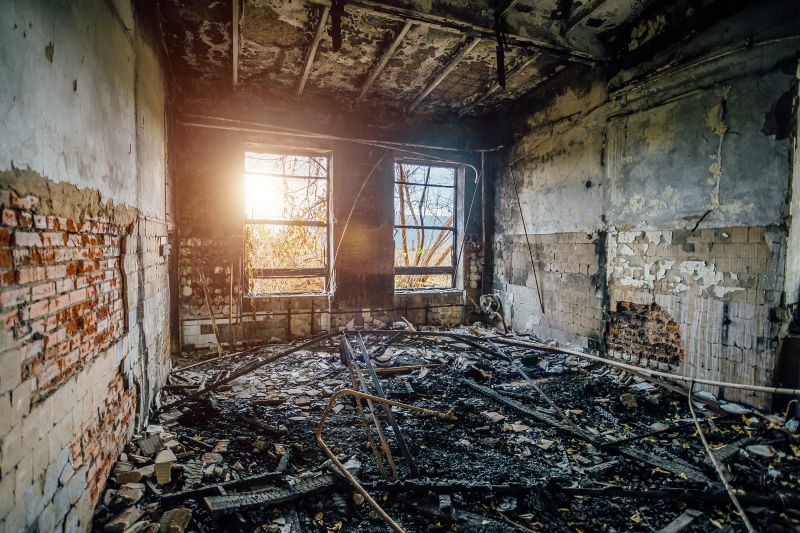
Quick checks and paperwork to keep after Fire Restorations.
Timely fire restoration not only restores the property but also helps protect health and safety. Proper cleanup and repairs reduce the risk of mold growth, structural failure, and long-term health issues related to smoke inhalation. Professional services ensure thorough and efficient restoration, minimizing disruption and costs.
